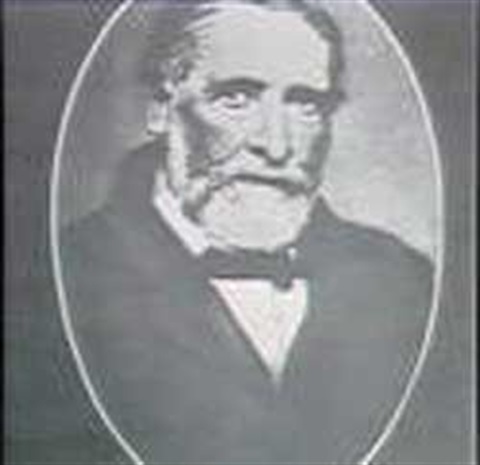Robert Hoddle

In 1830 the plan was to open up a route from the lush pastures in the Southern Highlands to Kiama Harbour, to enable a faster route for produce to be shipped to Sydney and to avoid the slow overland journey. Robert Hoddle was the surveyor who was set this task. Hoddle set off in the July of that year, starting at Wingecarribee Swamp and surveyed the Illawarra Escarpment in an attempt to find a way to Saddleback Mountain and down to Kiama.
Hoddle wrote in his diary that the rainforest of the escarpment was "the most formidable brush". Hoddle had a team of 20 convict men, pack horses, bullock teams and drays. The path that Hoddle created went throught sub-tropical jungle and was described as rough for both man and beast and only suitable for pack horses. You can walk part of Hoddle’s track today. It is sign posted from the western end of the car park on Saddleback Mountain and will take you to Barren Grounds. The track will take around 4hours return. The views from the forested Norrinan Mountain to Kiama and the Illawarra coastline are worth the rough, steep trek.
The surveyor was of immense importance in the new colony, expanding topographical knowledge, and planning roads, towns and property boundaries. From the 1920’s no land could be leased or owned unless it had been surveyed first. Robert Hoddle was an experienced surveyor and draughtman and was also an explorer and artist, whose paintings document the area around Kiama as well as many other parts of NSW and Victoria before white settlement. You can see some of his paintings on Trove.
Hoddle completed the survey of Sydney after he arrived in 1823, and then went on to be the Surveyor-General of the new colony of Victoria in 1851. In addition to the work around Kiama and the Illawarra Escarpment, Hoddle surveyed and explored the Southern Highlands, Shoalhaven River region, and south coast down to Moruya, was possibly the first white man to climb both Pigeon House and Mt Budawang. Hoddle also surveyed the area around Canberra, as well as Bathurst, Liverpool and Berrima marked the northern route through the Blue Mountains.
It wasn’t until the passing of the Free Selection Act (1861) that Hoddle's path from the highlands to Kiama was rediscovered by those seeking new land. A rather rough and circuitous road was created linking Wingecarribee to Kiama Harbour and in 1864 a route up Jamberoo Mountain was surveyed, but it would be almost a decade before this road was completed, finally forging the link to the Southern Highlands that was first started in 1830.